Expansion Revenue: The Tactic Large SaaS Companies Love

Ever wondered how those mammoth SaaS companies like Slack and Atlassian seem to just keep growing and growing?
Haven’t they, like, cornered the market already? What’s left to conquer?
The secret to the success of enterprise-level software companies like these is expansion revenue, a method for extracting more and more revenue from existing customers.
Not only is this an effective tactic for big businesses that don’t have a lot of market share left to gain, but it’s an incredibly powerful way for small and medium-sized companies to supercharge their revenue generation and demonstrate significant upside potential to prospective investors.
Wanna learn the secrets? Read on; we’re going to cover the five top strategies the big SaaS companies use to drive expansion revenue.
What Is Expansion Revenue? A Quick Primer
If you’re already familiar with the concept of expansion revenue and just want to get right into the tactics, skip ahead here.
For those of you who are a little newer to the idea, let’s quickly discuss what expansion revenue actually is, and why it’s such a critical part of revenue growth.
Expansion revenue is any additional income your company makes from existing customers.
The keyword here, however, is additional income. That is, you need to sell something more to the clients you already have; simply renewing the contract doesn’t count.
Expansion revenue is typically considered in the context of SaaS companies, so let’s look at an example in that light.
Let’s say your product is a sales CRM. In fact, let’s say you’re Pipedrive.
You’ve got one customer on the Advanced plan with 40 users.
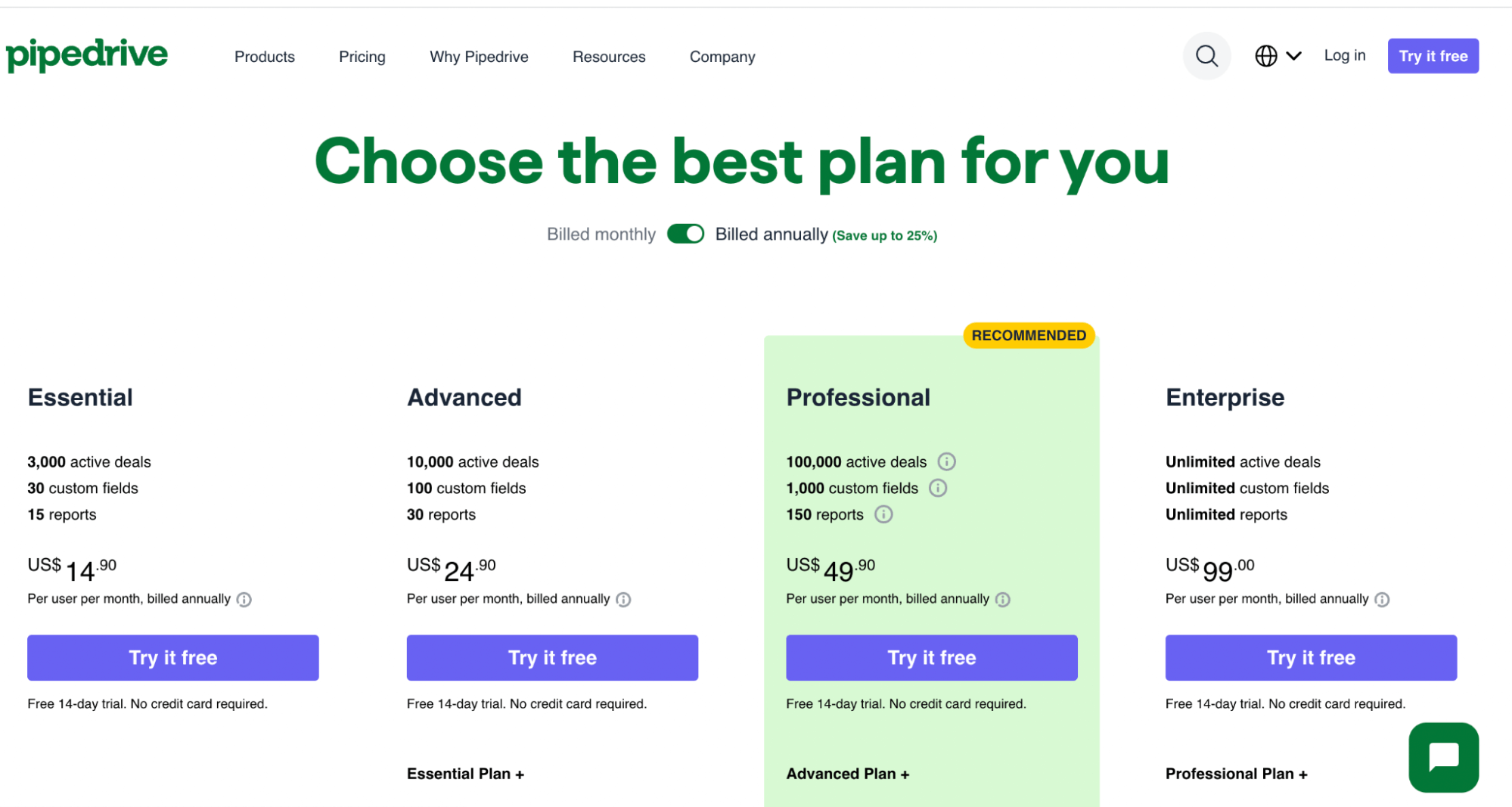
There are three ways you can expand revenue.
The first is by convincing the customer to add more users, perhaps by explaining how your CRM can be beneficial not only for their sales team, but for their service and success agents as well.
The second tactic would be to upgrade them to the Professional or Enterprise plan, so they’re paying more per user each month. This is known as upselling,
The third tactic is called cross-selling. A rep at Pipedrive could cross-sell one of their Add-on products to grow expansion revenue.

Seems like a pretty straightforward idea, right?
But here’s the thing, it’s primarily the biggest SaaS companies who are really taking advantage of the expansion revenue concept.
In the Finmark SaaS Metrics Benchmark Report, we found that the highest-performing large SaaS companies get 62% of their new MRR from expansion revenue, 4.4x more than low-performing smaller companies.
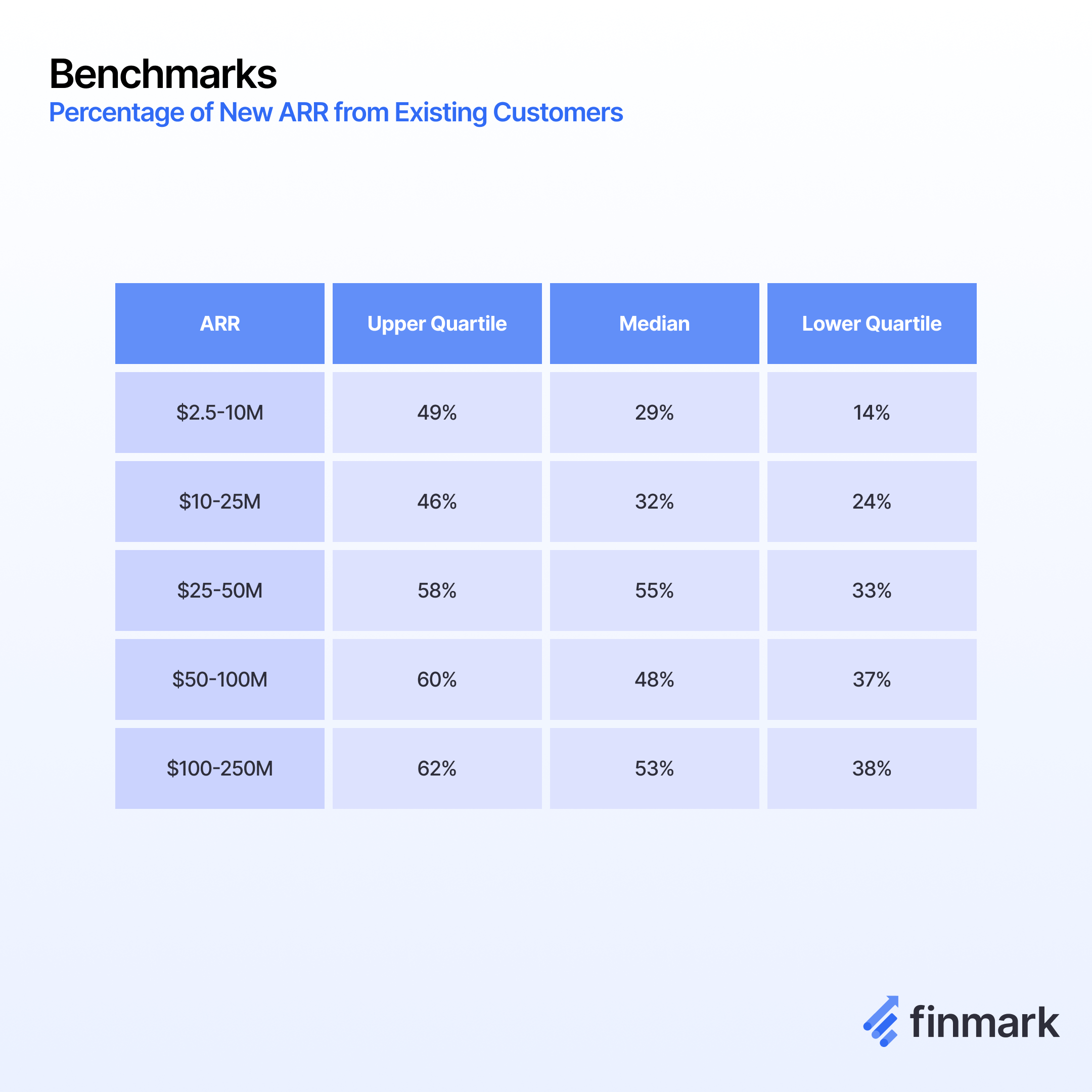
This is particularly important as CAC (customer acquisition cost) payback periods appear to grow in length as you scale.
That is, as you move upmarket and target bigger and bigger customers, it takes longer to earn back what you paid to get them. As a result, it’s crucial that you’re able to keep growing that account once you land them, so the ROI makes sense in the long term.

So, what does all of this mean for you?
If you’re an enterprise-level company, it’s time to put a fire under your expansion revenue efforts, that’s for sure.
But even for small to mid-sized companies who are looking at the long-term and developing strategic financial plans, expansion revenue is really the place to invest.
If you can earn more revenue for each customer, you can scale more efficiently and afford higher CAC to outstrip the competition.
So, how do you actually do it?
5 Strategies Big SaaS Companies Use To Drive Expansion Revenue
Ready to make expansion revenue a key part of your strategic financial plan? Adopt these five strategies and you’ll be well on your way to success.
1. Let Your Product Sell Itself
Product-led growth is kind of the thing right now, though it’s a little bit of a misnomer.
I mean, isn’t all growth product-led? Surely a company can’t sustain decent growth if its product sucks.
But PLG still has some validity.
Basically, you’re going to focus all aspects of your business on making sure your product is sticky. That is, once someone starts using it, it becomes so embedded in their daily workflows that they can’t live without it.
Then, you’re going to find ways to have your product upsell itself.
Let’s go back to Pipedrive, but this time, imagine you’re one of their customers.
You’re using their CRM to manage sales, marketing, and customer service activities. It’s deeply embedded in your daily workflows across multiple departments.
Now, their product (supported by some savvy automated marketing campaigns), guides customers toward add-ons that can support how you’re already working.
The Campaigns add-on perfectly supports your marketing efforts, and the Smart Docs add-on is super helpful for creating a resource base for your customer support team.
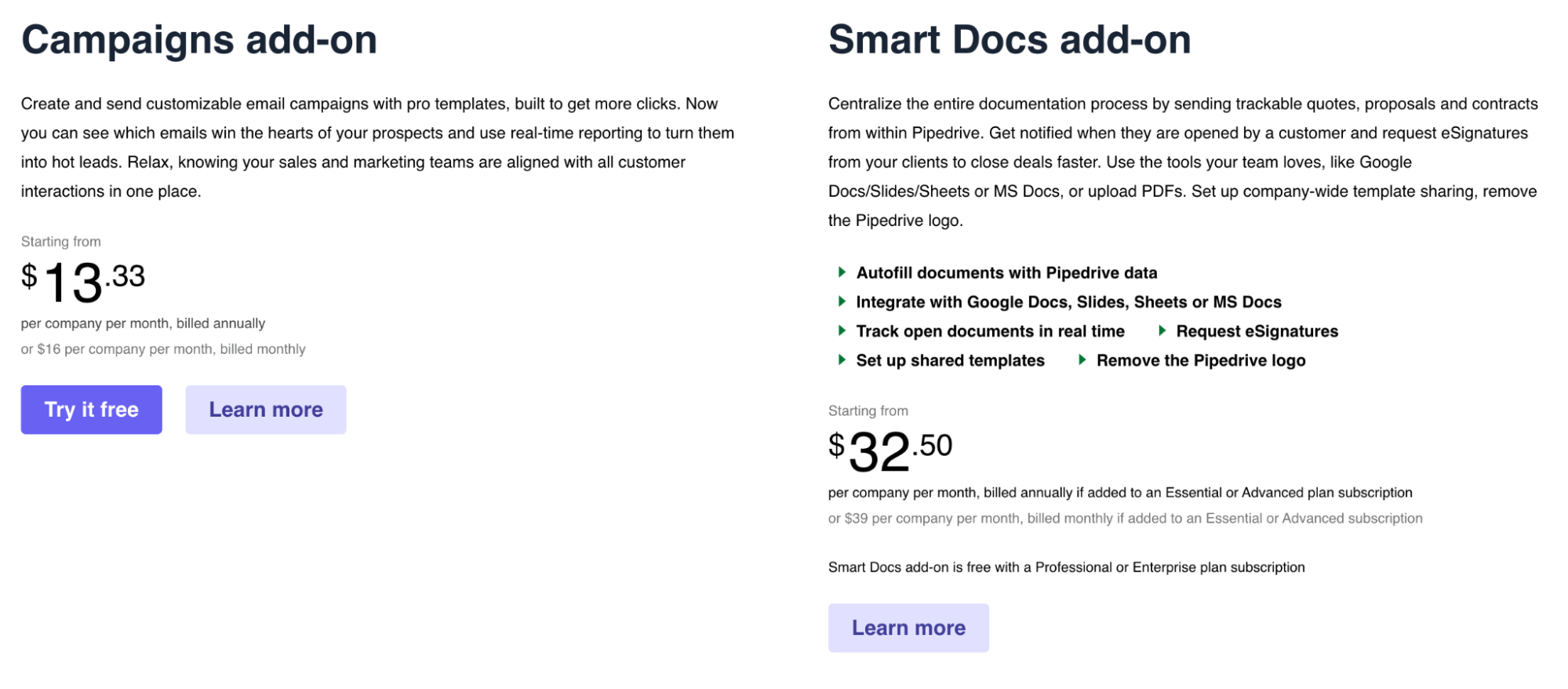
2. Build Content To Support Revenue Expansion
Revenue expansion can be driven by sales and customer success conversations (more on that in point three).
But you can also choose to automate the distribution of valuable content that makes the case for product add-ons or upgrades.
For instance, Vidyard consistently creates and distributes video content that demonstrates its product in action.

For this to be effective, you should set up your content marketing distribution efforts to cater specifically to customer usage.
Take ActiveCampaign. An automated content-based marketing campaign here would look at customers on the Lite plan and aim to upsell them to the Plus plan.

Any customers receiving new leads above a certain threshold (say more than 10,000 per month) would be sent a guide on how to use contact scoring (a feature of the Plus plan) to improve lead handling efficiency.
For the best shot at driving significant expansion revenue, combine a content-based approach with a powerful customer success team.
3. Invest Heavily In Customer Success
Customer success is an important part of any sales team that is focused on recurring revenue. Exactly what success does is a little unclear for some, so let’s break it down:
- Sales – These reps are responsible for nurturing and closing leads into paying customers
- Service – Customer service handles most inquiries (like questions about how to use the product) and refers customers on if they can’t tackle an issue (such as billing problems)
- Support – Customer support takes care of technical issues, like resolving unexpected issues with a customer account
- Success – Customer success works with the customer to help them get the most out of the product, and to influence retention and revenue expansion
If you’re serious about driving expansion revenue, then every customer should have a dedicated success rep.
While customer service and support can be handled on an issue-by-issue basis, customer success reps should seek to develop intimate relationships with each customer.
Their primary job is to help clients squeeze every last drop out of your product. This includes activities like helping users set up integrations, teaching them how to use specific features, and making recommendations for further usage.
This last point is what bleeds into the expansion revenue arena. Effective customer success reps identify areas where a customer might be able to take advantage of the features available in higher tiers or product add-ons.
In short, they’re looking for opportunities to cross-sell and upsell, but do so in a hyper-personalized manner where they’re educating customers on how specific features would benefit them specifically.
4. Develop A Pricing Model With Expansion Revenue Built In
If you really want to maximize your ability to drive expansion revenue, you’re going to need to create a pricing model that fits.
Here’s what I mean (or, rather, don’t mean). Basecamp charges $11 per user, per month.
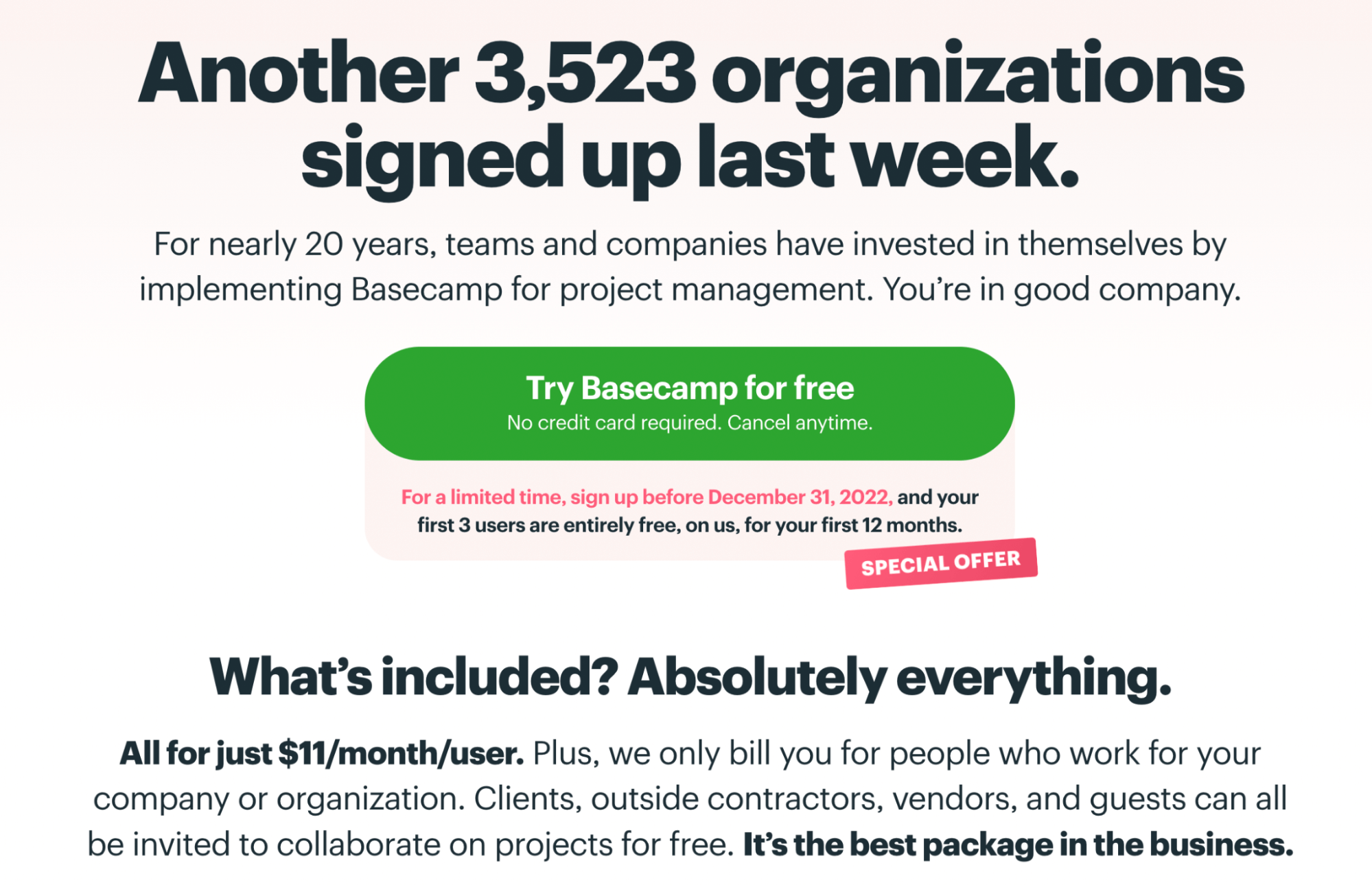
This gives you access to everything Basecamp does. There are no pricing tiers, no add-ons, and no overage charges.
Now, this is a great selling point, but it doesn’t leave Basecamp with as much room to grow. The only way that they can generate expansion revenue is if their client adds more users.
ActiveCampaign, on the other hand, has expansion revenue built right into its pricing.
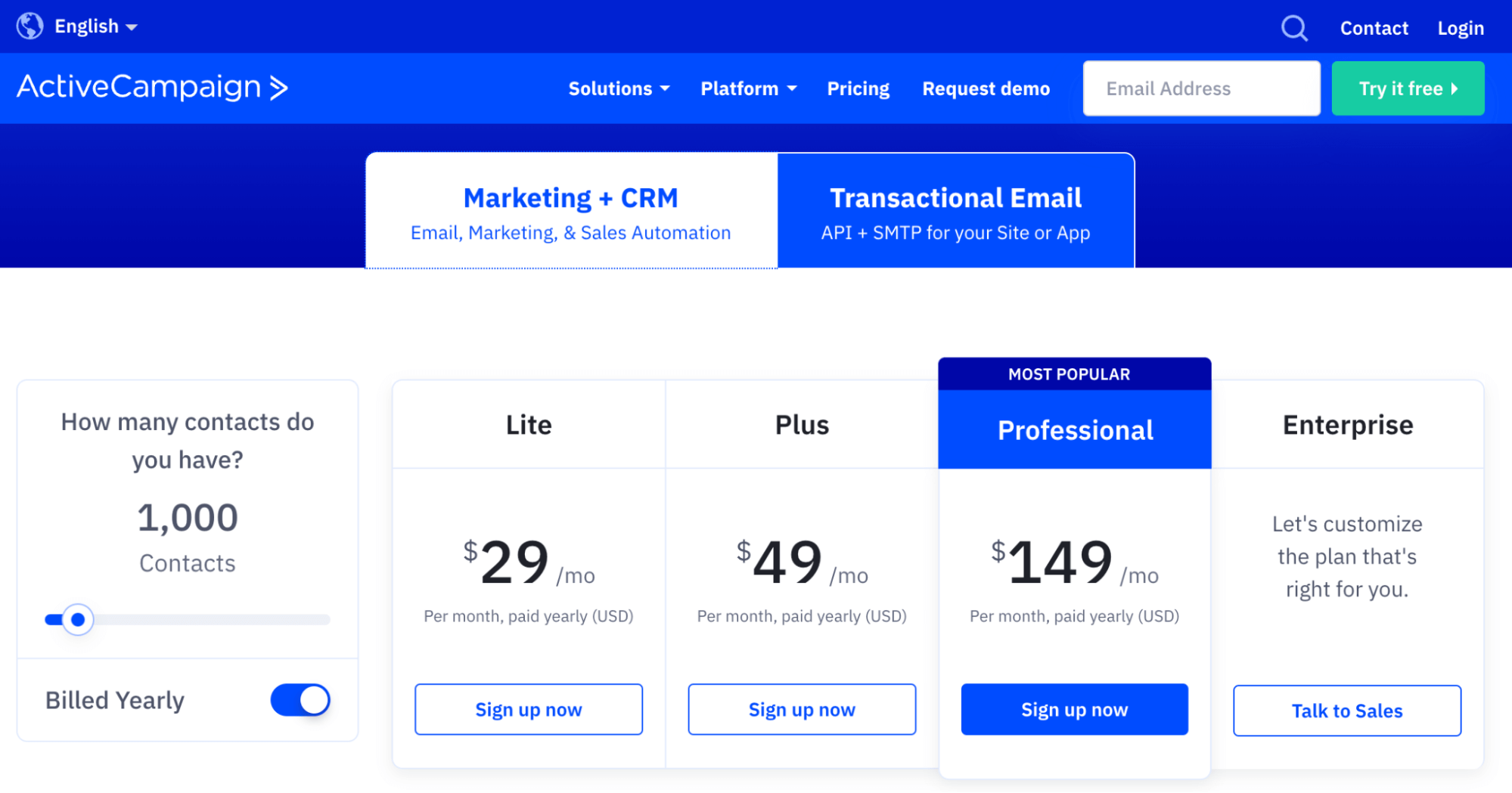
First off, they use a tiered pricing model, so new accounts have plenty of room to grow. ActiveCampaign can grow revenue from one customer 5x just by upgrading a Lite account to a Professional plan.
Secondly, they’ve set contact limits on each of their plans. Look at the pricing options above for a customer who has 1,000 contacts. Now, look at the below, which is what they charge buyers with 10x as many contacts.
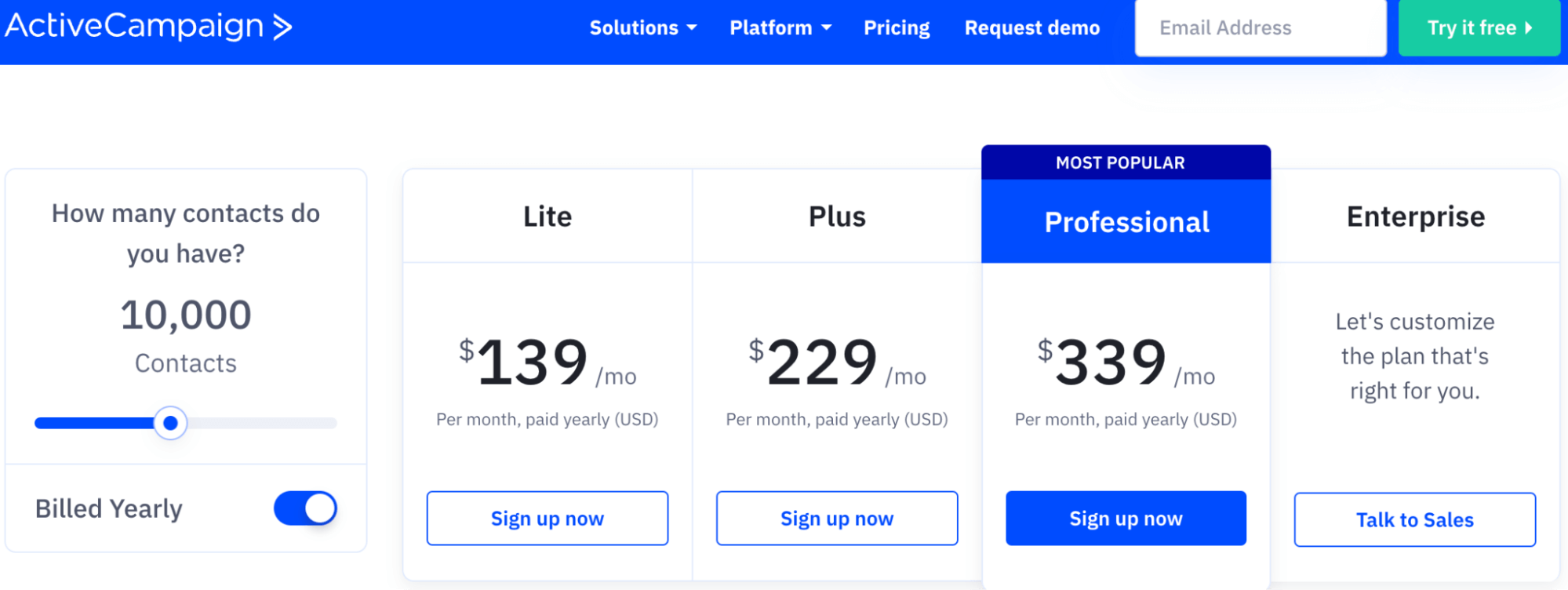
Here’s what’s great: ActiveCampaign doesn’t even have to do anything here.
If their product helps their customers grow (which is kind of the point), they’ll add more and more contacts to their email list, and automatically their pricing will increase!
Thirdly, ActiveCampaign has a sneaky little cross-sell opportunity with its transactional email product.
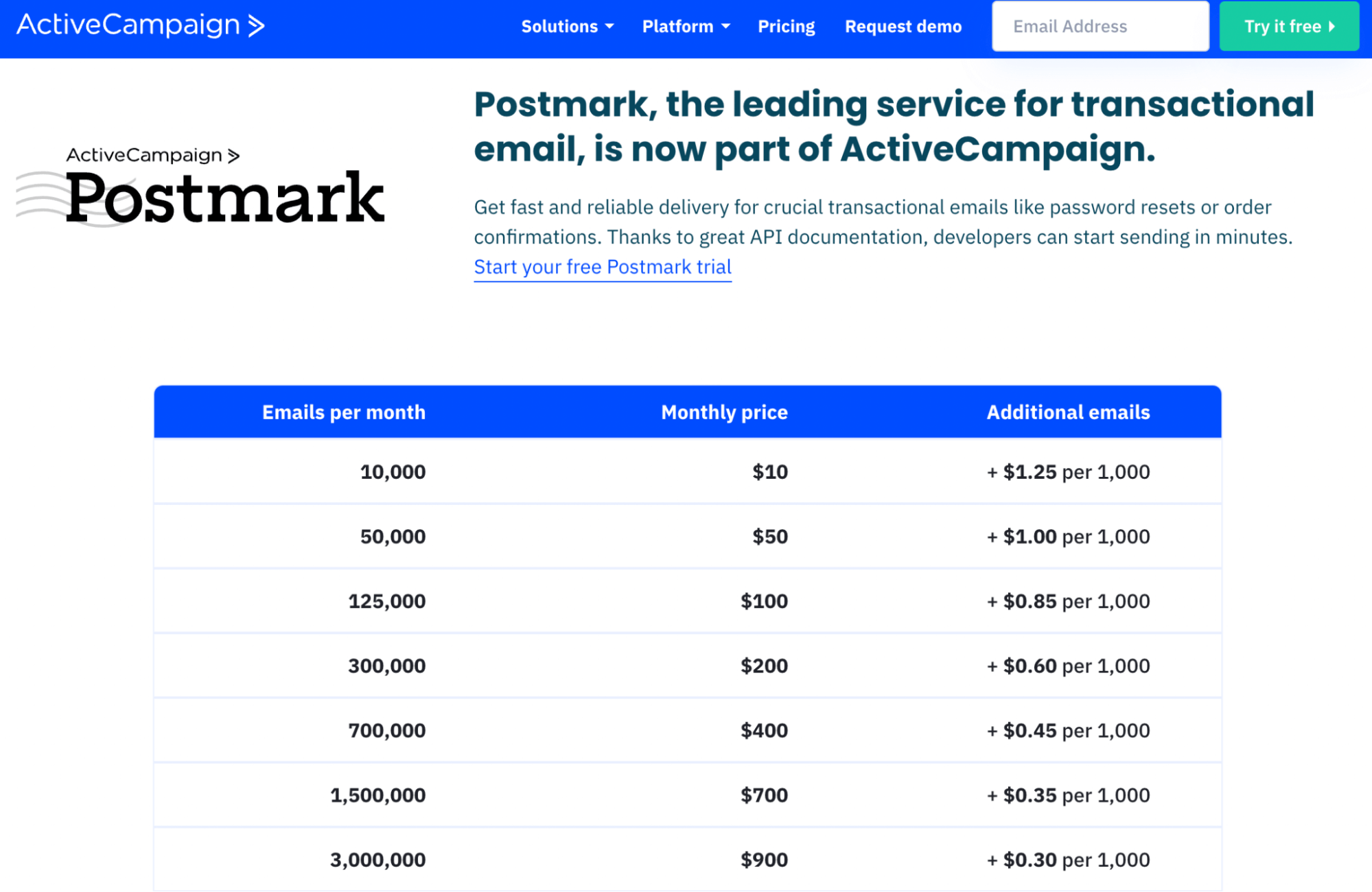
Again, this product has revenue growth built in. The customer’s monthly price increases as the number of emails they send each month grows.
5. Consider Whether Freemium Is An Appropriate Strategy
Freemium is a great way to implement a land and expand strategy, where you first focus on getting customers onboard (land), and then look at growing revenue (expand).
If you’re unfamiliar, freemium is the strategy implemented by any company that offers a completely free version of their product, like monday.com.
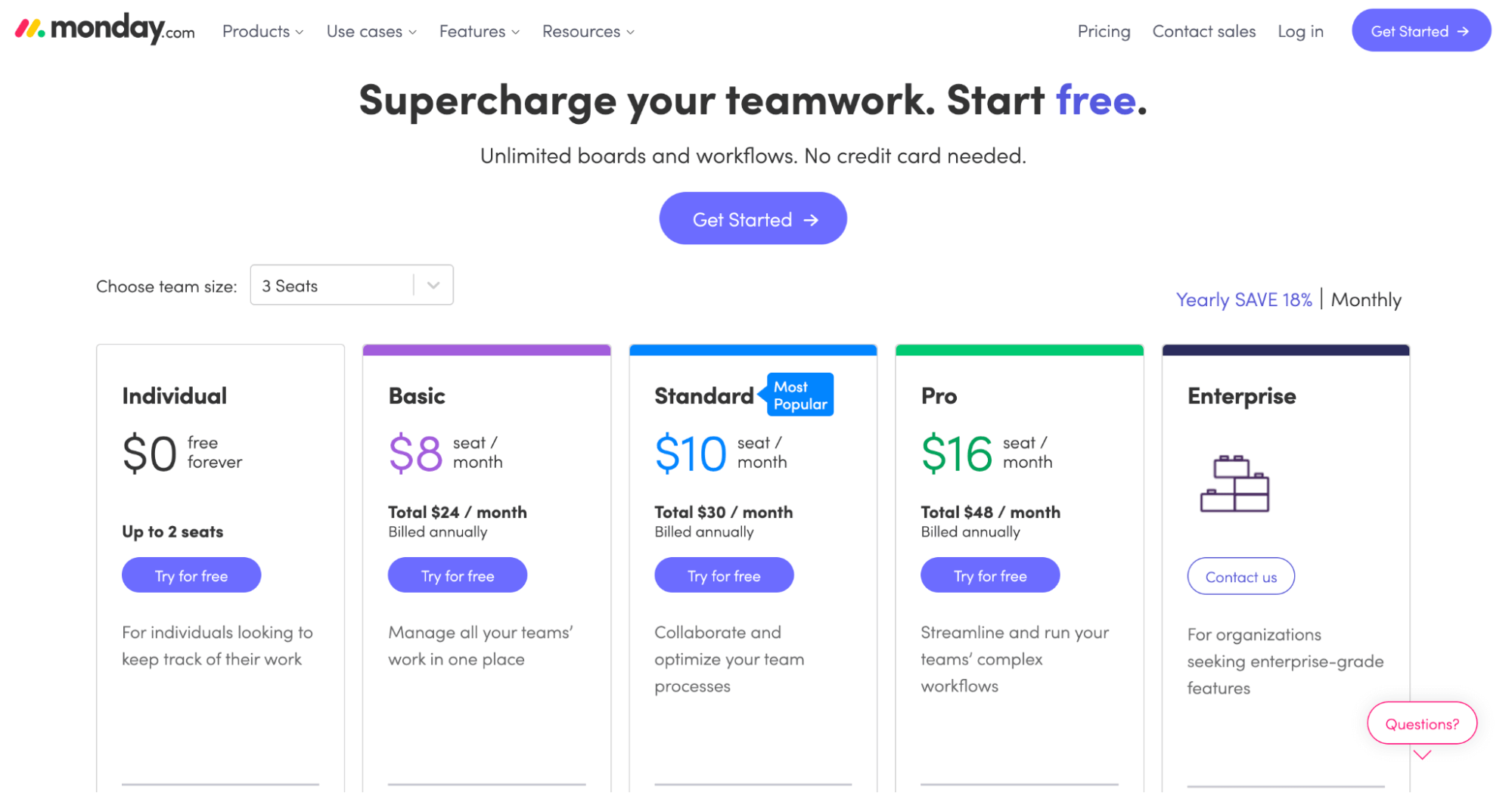
The idea here is that the basic version of your product is free (not a trial!), but if customers want access to “premium” features, they’ll need to sign up for a paid plan.
While this is a super popular approach, it’s not for everyone.
Successful freemium relies on your ability to upsell customers to a paid plan, and is generally best handled using a content-based or product-led approach (that is, without the intervention of a sales rep).
Consider getting your content engines fired up first, and test your ability to upsell customers from basic plans to more expensive tiers first.
Then, once you’ve established your ability to successfully push customers up the pricing change, look at how you might be able to implement a free version.
Of course, you’ll need to be able to effectively distinguish between the free version and your most basic plan, so you’re going to need to develop a reasonable feature set first (otherwise, you’re going to dumb down the basic plan to an unusable free plan).
Expand Your Product & Expand Your Revenue
Expansion revenue is hardly a secret, but it does appear to be a tactic that only the biggest and fastest-growing SaaS companies are really taking significant advantage of.
Want to learn more about the tricks and tactics that separate the best from the rest? Get the Finmark SaaS Metrics Benchmark Report here and discover how you stack up against the pack.
Contributor
This content is presented “as is,” and is not intended to provide tax, legal or financial advice. Please consult your advisor with any questions.
